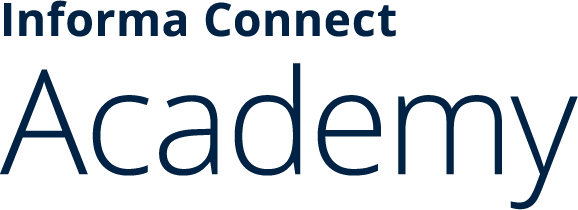Filter
Training Courses
- Maritime Legal, Regulation & InsuranceMaritime
Dry Cargo Laytime and Demurrage
- 6 May, 2024
- 5 days
- + Oct
- Live Digital
Apply Now - Energy
Electricity Industry Fundamentals
- 7 May, 2024
- 4 days
- + Sep
- Canberra
- Live Digital
Apply Now - EnergyProcurement, Supply & Logistics
Power Purchase Agreements
- 7 May, 2024
- 4 days
- Live Digital
Apply Now - Procurement, Supply & Logistics
Supplier Relationship Management
- 7 May, 2024
- 4 days
- Live Digital
Apply Now - Procurement, Supply & Logistics
Contract Law Fundamentals for Non-Lawyers
- 14 May, 2024
- 2 days
- + Jun
- Aug
- more
- Sydney, Australia
- Adelaide
- Live Digital
Apply Now - Leadership & ManagementStrategy & InnovationStrategy Management
Key Performance Indicator Professional (KPI-P) Certification - Australia/Singapore
- 13 May, 2024
- 5 days
- + Jul
- Oct
- Gold Coast
- Sydney, Australia
Apply Now - Procurement, Supply & Logistics
Contract Law Masterclass for Non-Lawyers
- 16 May, 2024
- 2 days
- + Jun
- Aug
- more
- Sydney, Australia
- Adelaide
- Live Digital
Apply Now - Professional Development
Data Visualisation and Storytelling
- 16 May, 2024
- 2 days
- + Jun
- Aug
- more
- Brisbane
- Live Digital
Apply Now - Maritime
Drafting Charterparty Contracts
- 16 May, 2024
- 2 days
- + Nov
Apply Now - Procurement, Supply & Logistics
Contract Writing and Negotiation Masterclass
- 16 May, 2024
- 9 days
- + Jun
- Jul
- more
- Perth
- Live Digital
Apply Now - Leadership & ManagementStrategy & InnovationStrategy Management
Balanced Scorecard Professional (BSP) Certification Boot Camp - Australia
- 20 May, 2024
- 5 days
- + Sep
- Oct
- Gold Coast
Apply Now - Ship Manning and OperationsMaritime
Advanced Bunker Contamination and Disputes Resolution
- 23 May, 2024
- 2 days
- + Nov
Apply Now - Procurement, Supply & Logistics
Contract Claims, Variations and Disputes Masterclass
- 23 May, 2024
- 2 days
- + Jun
- Nov
- Melbourne
- Live Digital
Apply Now - Leadership & ManagementStrategy & InnovationStrategy Management
Objective & Key Results (OKR) Professional Certification - Australia/Singapore
- 27 May, 2024
- 3 days
- + Dec
- Singapore
Apply Now - Rail
Overview of ERTMS/ETCS
- Starting 29 Apr, 2024
- + Starting in Sep
- Scheduled Digital
Apply Now - Procurement, Supply & Logistics
Contract Risk Management
- 5 Jun, 2024
- 2 days
- + Sep
- Melbourne
- Live Digital
Apply Now - Healthcare
Fundamentals of EU Regulatory Affairs
- Starting 6 May, 2024
- + Starting in Sep
- Scheduled Digital
Apply Now - Healthcare
Preparing the Quality Module of the CTD
- Starting 6 May, 2024
- + Starting in Sep
- Scheduled Digital
Apply Now - Procurement, Supply & Logistics
Contract Negotiating and Influencing Masterclass
- 4 Jun, 2024
- 4 days
- + Oct
- Live Digital
Apply Now - EnergyClean Energy & Renewables
An Essential Guide to Renewable Ammonia
- 12 Jun, 2024
- 2 days
- + Dec
- Live Digital
Apply Now
